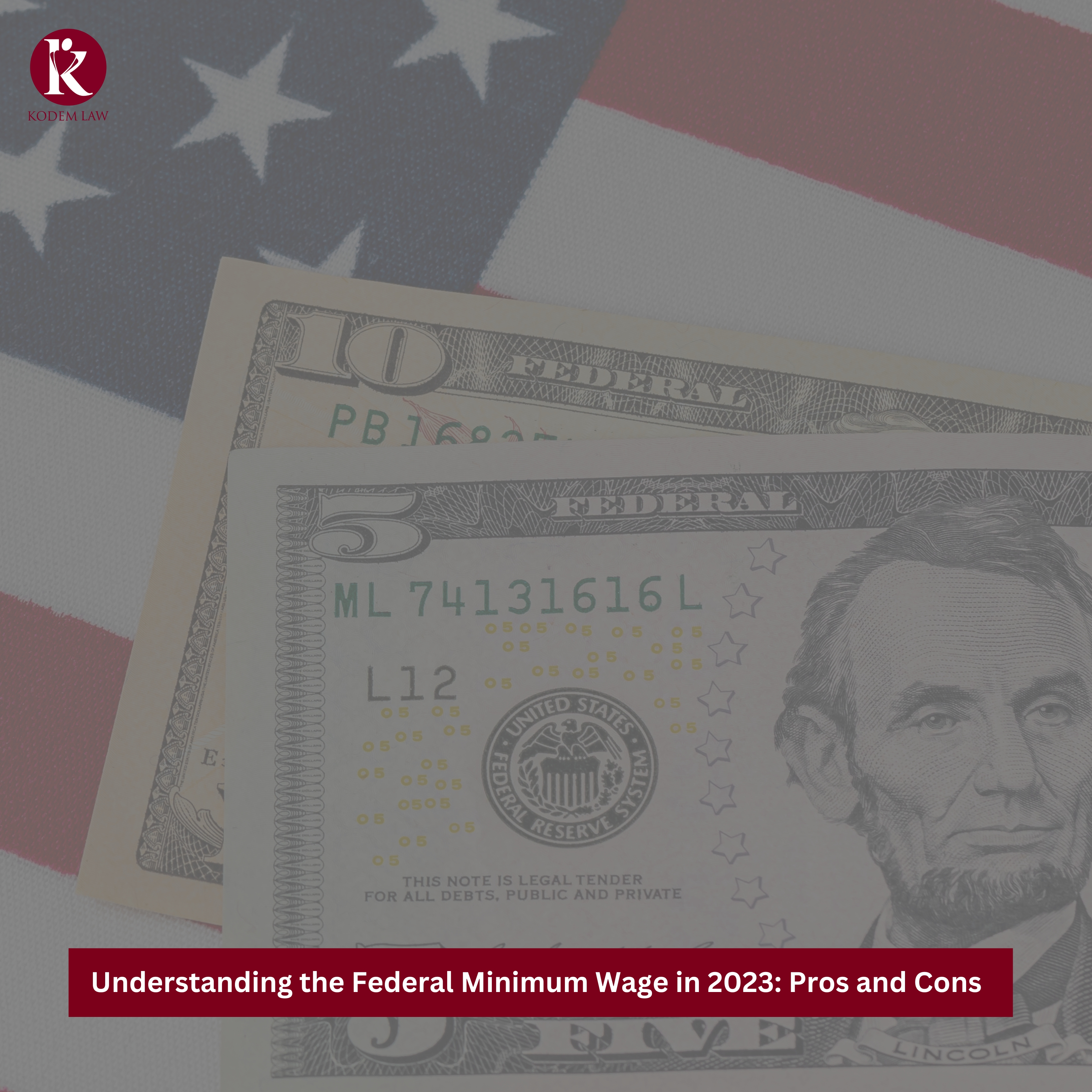
The federal minimum wage is a critical component of labor laws in the United States, ensuring a baseline level of income for workers. This blog, will help you understand about the federal minimum wage, how it operates, and its implications, ongoing debates surrounding its increase and the variation in minimum wage rates across states.
What is the Federal Minimum Wage?
The federal minimum wage is the lowest hourly wage rate an employer can legally pay their employees. It is established by federal legislation and serves as a safety net to prevent exploitation of low-wage workers. The purpose is to provide a basic standard of living for those working in the country.
How Does the Federal Minimum Wage Work?
It is set by the U.S. Congress through legislation. However, it doesn’t apply uniformly to all workers and employers. Instead, it’s categorized into different groups:
- Regular Minimum Wage: The standard federal minimum wage that applies to most employees, currently set at $7.25 per hour since 2009.
- Youth Minimum Wage: A lower minimum wage for employees under 20 years of age. This rate is currently set at $4.25 per hour and can be paid for the first 90 consecutive calendar days of employment.
- Tipped Workers Minimum Wage: Workers who receive tips as part of their income, such as restaurant servers, have a lower minimum wage. Employers are required to ensure that tipped workers make at least the regular minimum wage when tips are combined with their hourly wage.
Who Does the Federal Minimum Wage Apply To?
It applies to most employees in the United States. However, there are exceptions, including certain seasonal workers, agricultural workers, and employees with disabilities. Additionally, certain types of work, like babysitting and casual labor, may be exempt from minimum wage requirements. It’s essential to check federal and state regulations for specific details on who is covered by the minimum wage requirements.
Can States Have a Higher Minimum Wage?
Yes, states can have a higher minimum wage than the federal standard. In fact, many states and localities have chosen to set their own minimum wage rates, which often exceed the federal rate. This allows them to address the cost of living and labor market conditions specific to their regions.
What is the Minimum Wage in Each State?
Minimum wage rates vary significantly across states. Some states have adopted a higher minimum wage to reflect the higher cost of living, while others have stuck with the federal rate. As of 2023, states like California, New York, and Washington have some of the highest minimum wage rates in the country, well above the federal minimum.
What About Workers Who Make Tips?
Tipped workers, such as waiters and bartenders, have a unique situation. They are entitled to a lower base wage, with the expectation that tips will make up the difference to reach at least the regular minimum wage. If tips fall short, employers are supposed to compensate for the difference.
Is the Federal Minimum Wage Increasing?
There have been ongoing efforts to increase the federal minimum wage to $15 per hour, with proponents arguing that it would provide a living wage for workers and stimulate economic growth. However, as of 2023, the federal minimum wage remains at $7.25 per hour, as it has for over a decade.
Arguments Supporting the Federal Minimum Wage Increase
- Decent Income: Advocates argue that a higher federal minimum wage would ensure that workers can afford basic necessities, reducing poverty and reliance on government assistance.
- Economic Stimulus: They believe that increasing wages would stimulate consumer spending, benefiting the economy as a whole.
- Worker Dignity: A higher minimum wage is seen as a matter of dignity, respecting the value of labor.
Arguments Against the Federal Minimum Wage Increase
- Impact on Small Businesses: Critics argue that raising the minimum wage could lead to increased costs for small businesses, potentially leading to job cuts or higher prices for consumers.
- Regional Disparities: The cost of living varies greatly across regions, making a uniform federal minimum wage less effective in addressing local economic conditions.
- Potential Job Loss: Some argue that increasing the minimum wage too quickly could result in job losses, particularly in industries with thin profit margins.
Conclusion
The federal minimum wage, though intended to provide a basic standard of living, has become a subject of intense debate in the United States. While some argue for a substantial increase to $15 per hour, others express concerns about the potential consequences for businesses and employment. In the absence of federal action, states are taking matters into their own hands to address the needs of their workers and economies. The ongoing discussion surrounding the federal minimum wage has a significant impact on millions of Americans.

